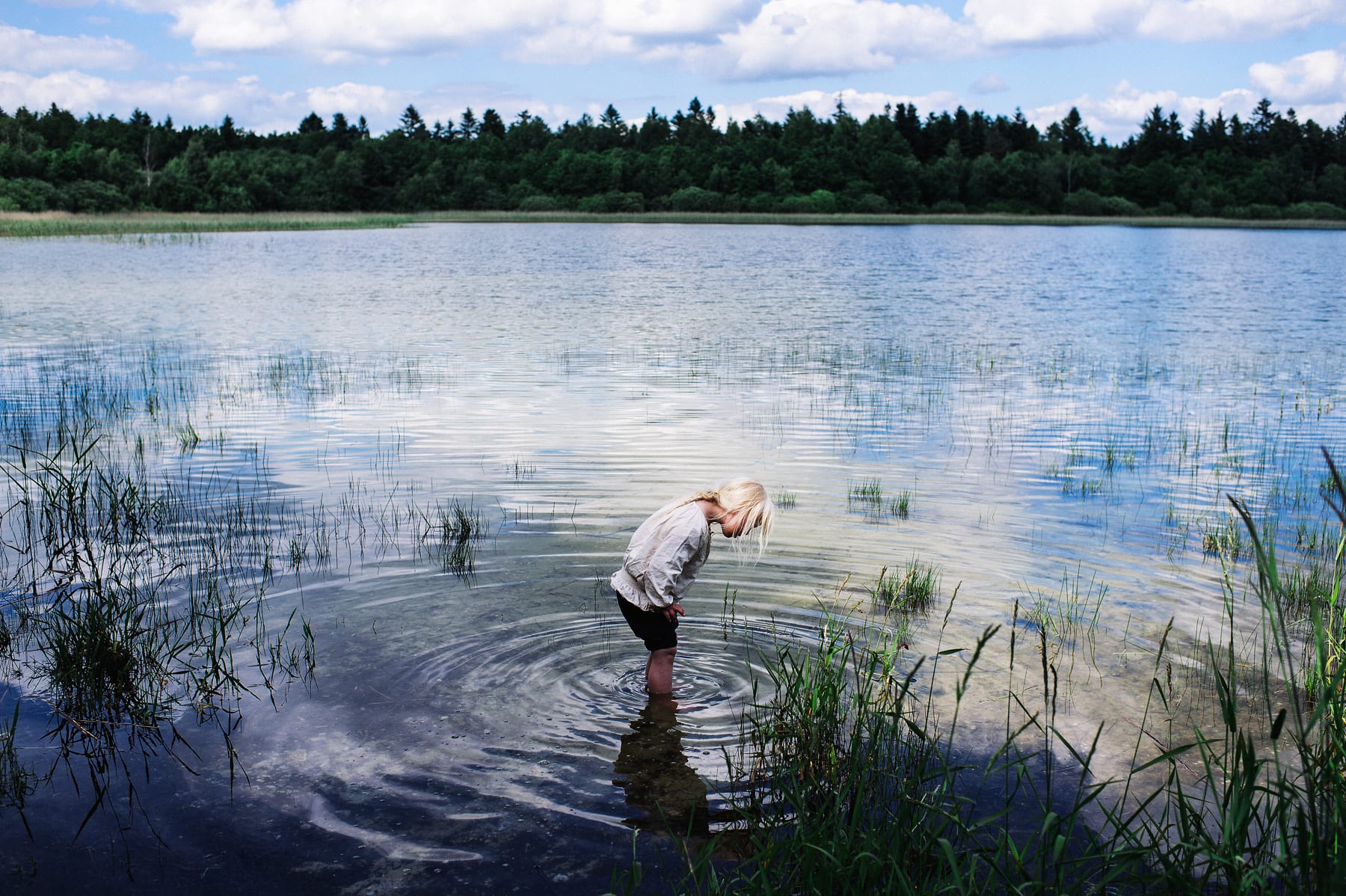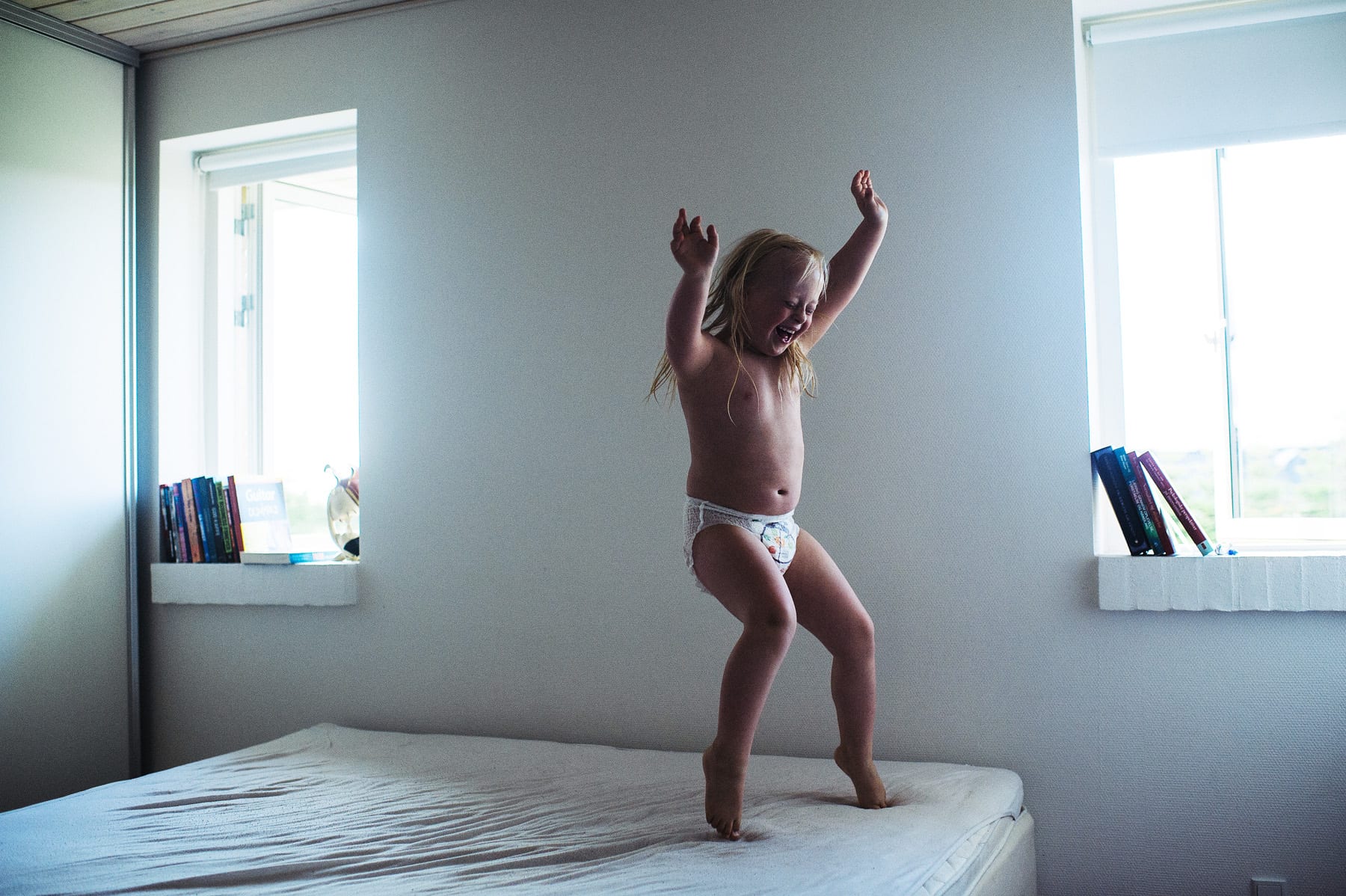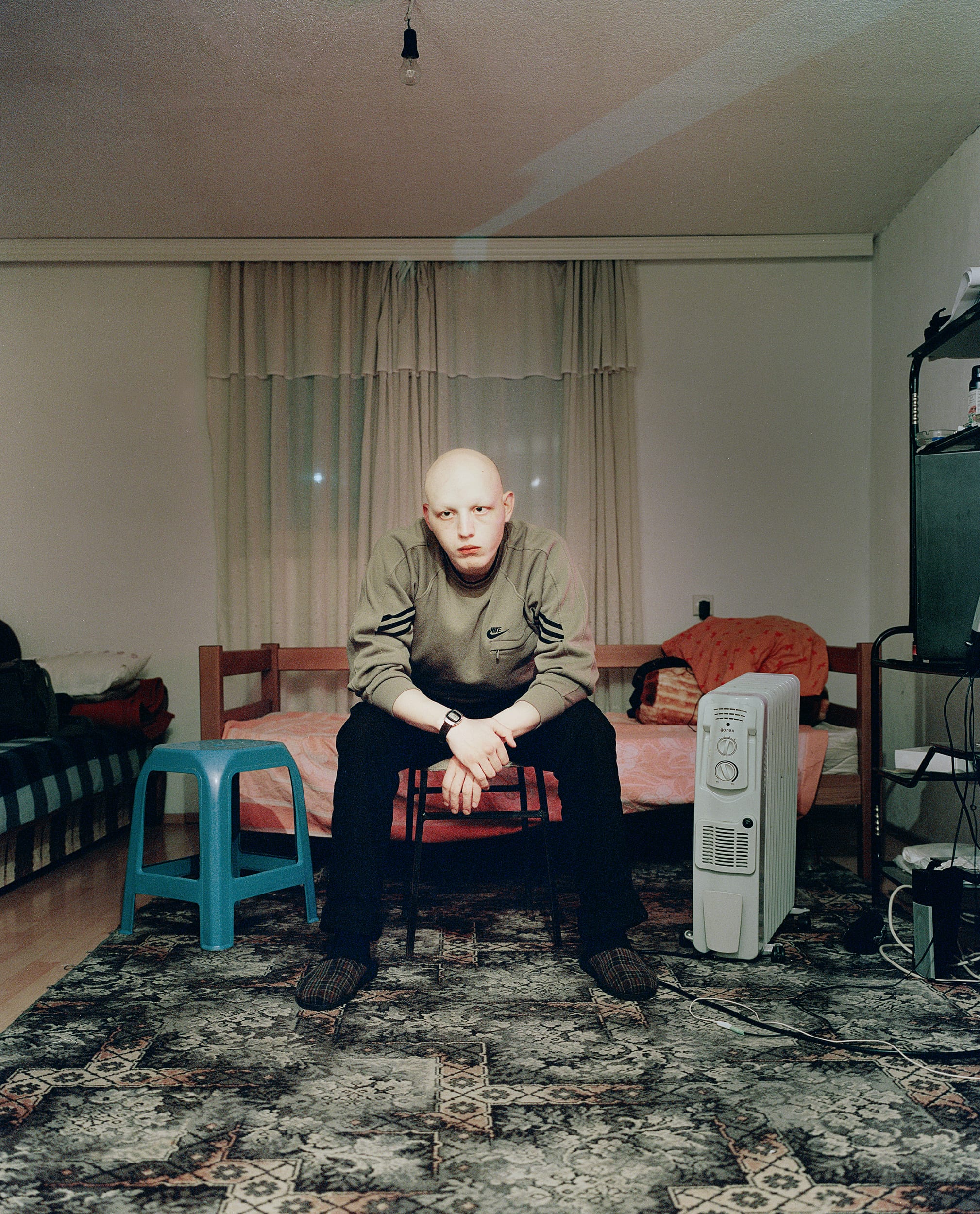“I remember my time at there as intense. It was hard work, and we experimented a lot, but I also remember having a lot of fun and being constantly immersed in photography, says award-winning photojournalist Laerke Posselt of his time the Danish School of Media and Journalism in Aarhus, Denmark. “Because of the tough application process, the ones who get in are students who really want it, who worked for it, and who have the drive it takes.”
Year in and year out, this small school on the east coast of Jutland has produced more prize-winning photojournalists than any other school photography school, including Mads Nissen, whose image Jon and Alex of a gay couple sharing a moment of intimacy in a flat in St Petersburg, won the World Press Photo Picture of the Year 2015.

For a small school, with only two permanent teachers, Søren Pagter and Mads Greve, and a rotating crew of Danish and international experts, the school seems to have a secret formula for inspiring students to produce passionate photojournalism and personal documentary projects. “We start out by choosing the right students,” says Pagter. “That’s the first step. We get lots of applicants, but we test the ones who apply, look at their portfolios, and test them when they are out shooting. We get very good students right at the beginning.”
From the 120 to 140 applicants for the four-year BA degree, the school selects some 16 students after a rigorous two-tiered entrance exam that involves both portfolio reviews and writing samples designed to test social, political and historical awareness and writing skills. Applicants for the four-year programmeme must be Danish speakers, and they are admitted only after passing entrance exams by producing sample photo stories, including writing, within a tight deadline.

Once admitted, students are sorted into groups of four or so, and for the first semester are taught journalism ethics and responsibilities alongside print, radio and multimedia journalists with an emphasis on storytelling. Indeed, camera work is not introduced until the second semester.
A series of modules then begin, covering all aspects of the trade as befits a school, founded in 1992, that has its roots in the vocational training of journalists for the Danish newspaper industry. For photographers, that includes lighting, portraiture, sports photography, editing, in addition to other tools of the trade. Students must then seek out their own assignments, putting together stories in an environment resembling the newsroom of a major newspaper such as Politiken or the Berlingske. The students critique each other’s work and learn by sharing experiences and contacts.

Aleksandar moved to the northern part of Mitrovica to study at the university. Together with his family he is one of the last 40 Serbs who still make their home in the Kosovo-Albanian capital Pristina. Before the war, approximately 40,000 Serbs lived in Pristina. Aleksandar is uncertain about his future prospects. He claims, “As a Serb in Kosovo, no one really cares about you.” From the series Across the River © Jasper Bastian

